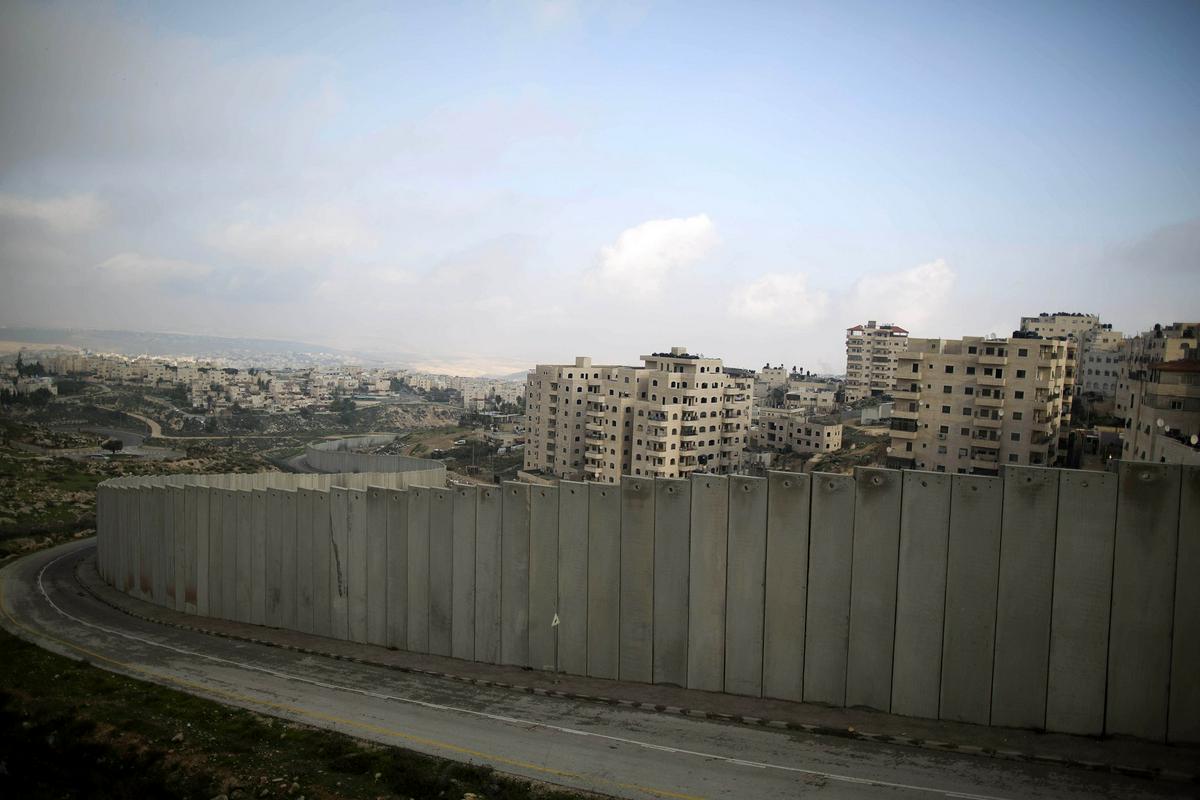
The exhibition portrays both the architecture of erasure and the architecture of occupation and preservation. When the state of Israel was created in 1948, the newly established country attempted to delete all traces of the indigenous population by systematically tearing down villages and, in the process, traditional Palestinian architecture, says the organization.
The architecture of occupation appeared in 1967, when Israel occupied the West Bank, the Gaza Strip, and ten Golan Heights. It materialized in the form of checkpoints and watchtowers, military outposts, illegal settlements set aside solely for Jews, infrastructure that cuts across the landscape and separates the local Palestinian communities, and after 2000, in the form of a high dividing wall. In the first half of the 1990s, the architecture of preservation made its appearance. It is intended to bring traditional Palestinian buildings back to life; some of them are in the countryside, while others are in city centers, added the organizers of the exhibition.
The exhibition is a part of series known as the 2016 Cultural Embassy of Palestine. The goal of the events in to increase understanding and tell the story about Palestine and the Palestinians. This year's Cultural Embassy of Palestine is the fifth so far. It was first held in 2012 as a response to the Cultural Embassy of Israel, which was organized in Maribor as part of the 2012 European Capital of Culture project.
G. K.
Translated by J. B.

































































